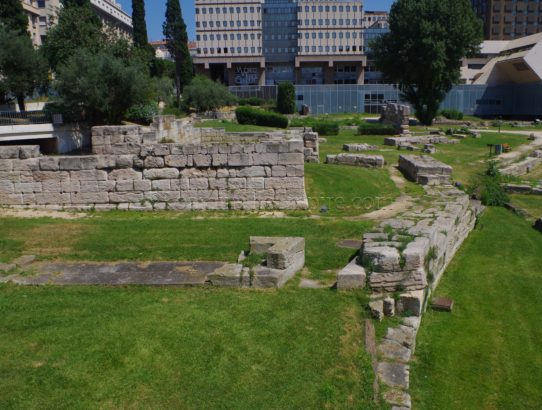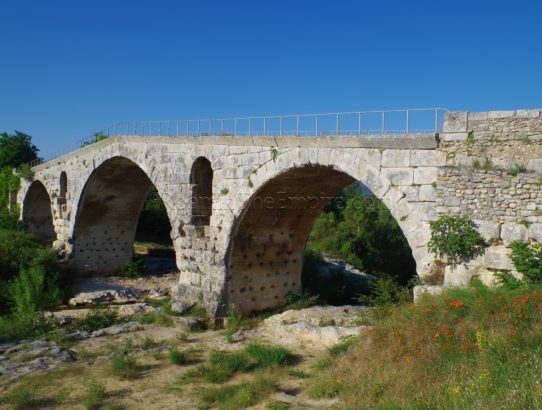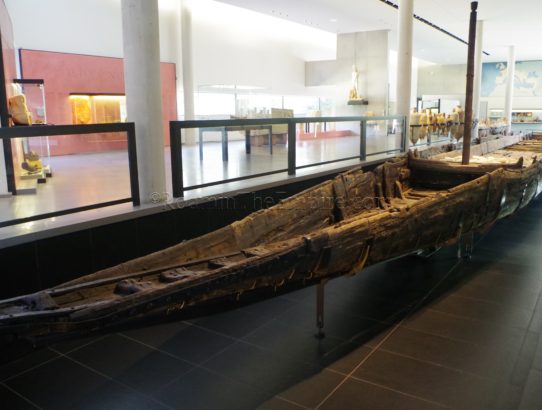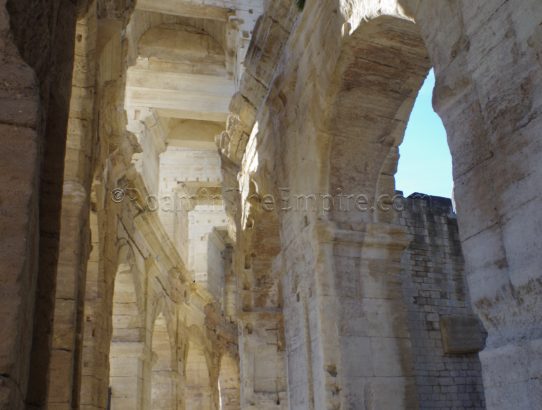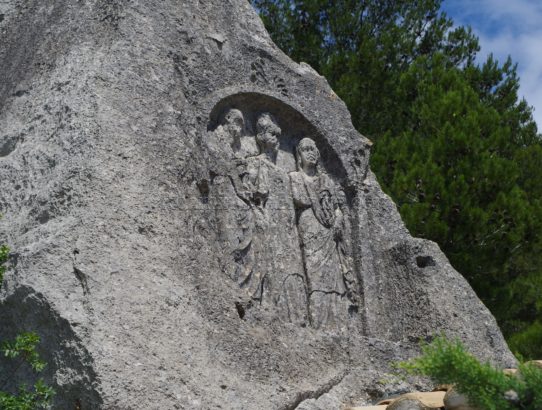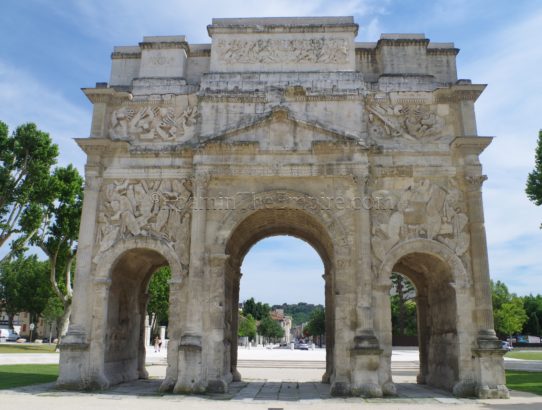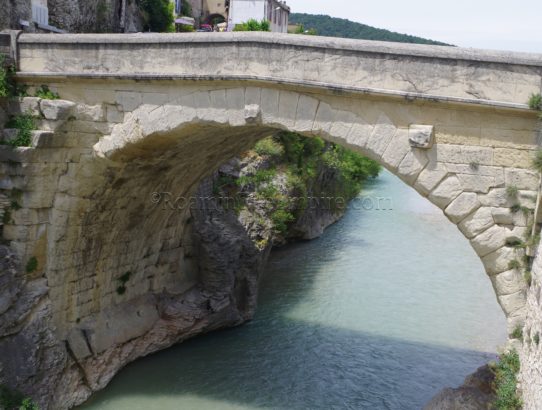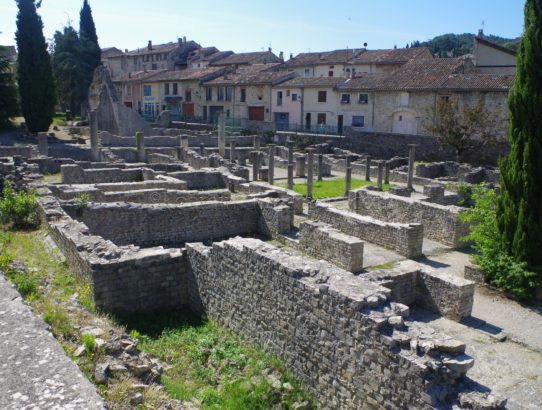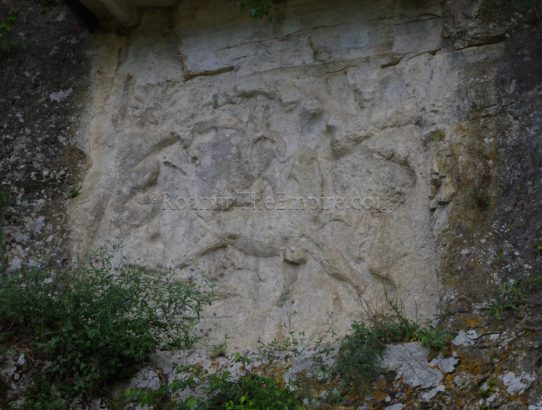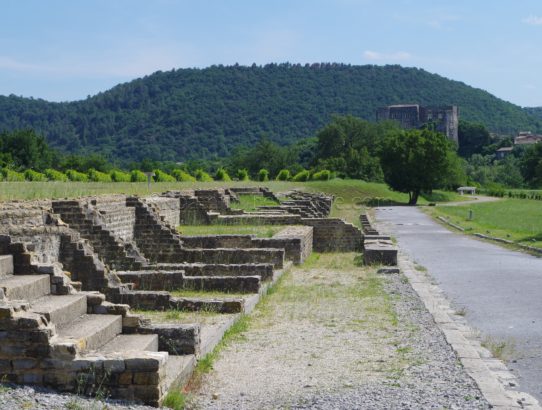Massalia, Gallia Narbonensis
Most Recent Visit: June 2018 The forerunner to the current second largest city in France, Marseille, was the important ancient city of Massalia. Massalia was the oldest Greek colony in Gaul, founded in 600 BCE by Greeks from Phocaea. According to Thucydides, this was opposed by the Carthaginians, who were subsequently defeated in a naval…
Read More


